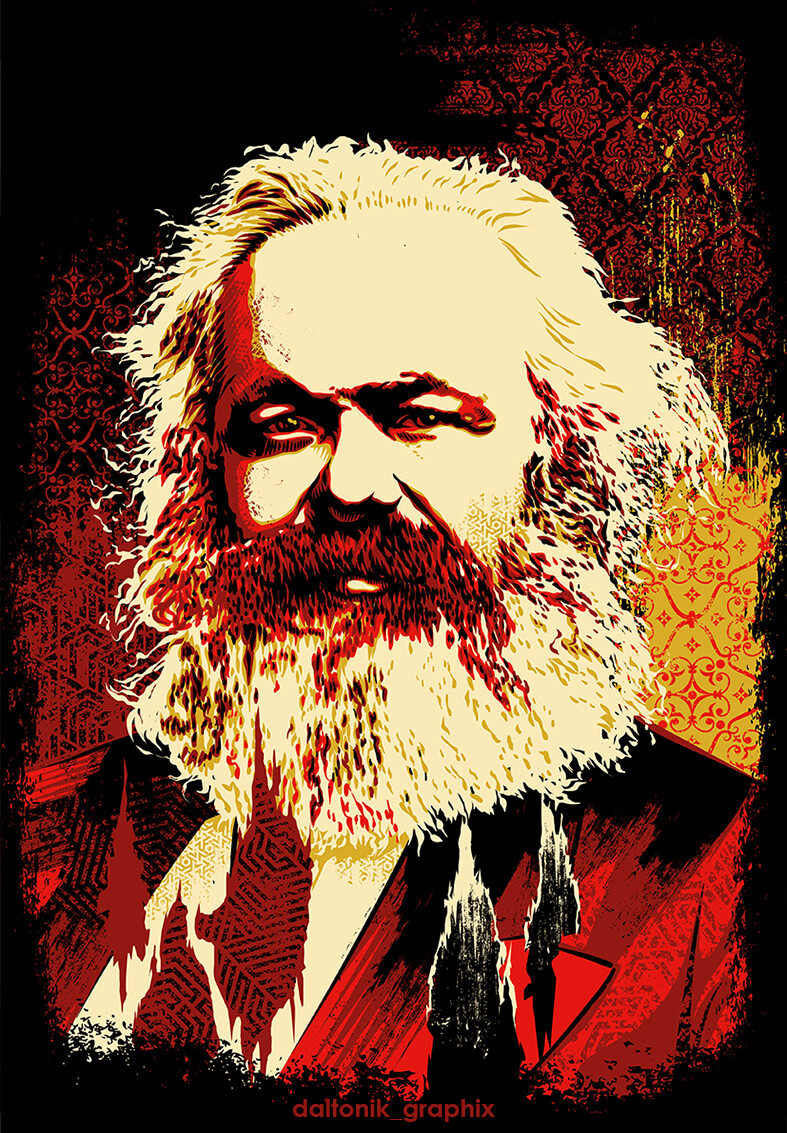First of all, animals should not be used for work because :im-vegan: . But having said that... I see how human labor creates surplus value. And I think I understand why machines don't create surplus value. But what about animals that get exploited to perform work, say the mule that pulls a plow? Like humans, they require a "real wage" to sustain them i.e. food, shelter, and medical attention, right? And if the value of labor power of a day of a mule is say 2 hours (that's how much human labor is invovlved in making feed, etc), then if this mule works for more than 2 hours, are they not creating surplus value for the capitalist that claims to own them?

In the accounting of capitalism, animals count as capital with depreciation or maintenance costs in feed or whatever. Slaves also counted as capital and the correct response to slavery was still abolishment - being accounted for as labour or capital is not a moral distinguishment or an aspersion on how valuable or not valuable an animals work is. Much the same way you wouldn't count your tractors "labour" and production over maintenance as "surplus value" you also wouldn't account that way work animals.
Farm animals were some of the first "technologies" - I know I'm instrumentalizing here, but stick with it - and the first things we could do to increase the organic composition of capital was by introducing draft animals to farming or mules for mining etc. - it's also what they did by introducing slavery to cotton picking or whatever too.
For Marx in Estranged Labour there is a distinction between human and animal that he elucidates quite well to help distinguish between what Marx considered human labour and animal labour. You can read it here. The whole thing is an interesting read but here's some vital parts: